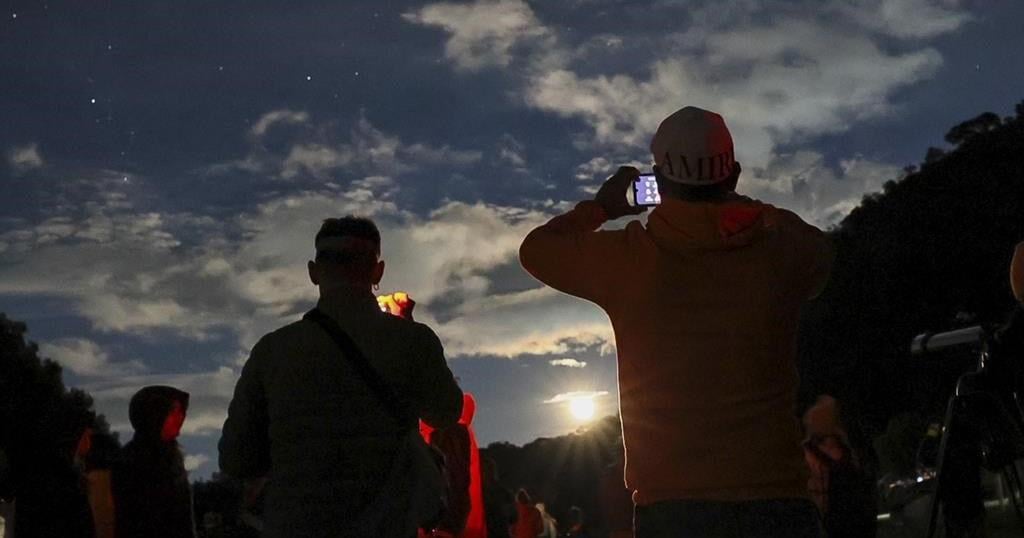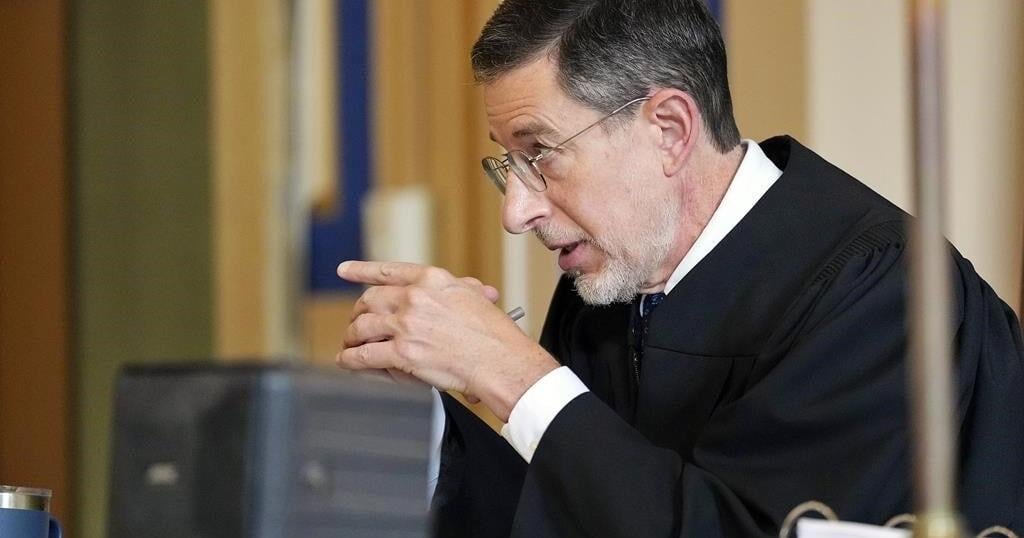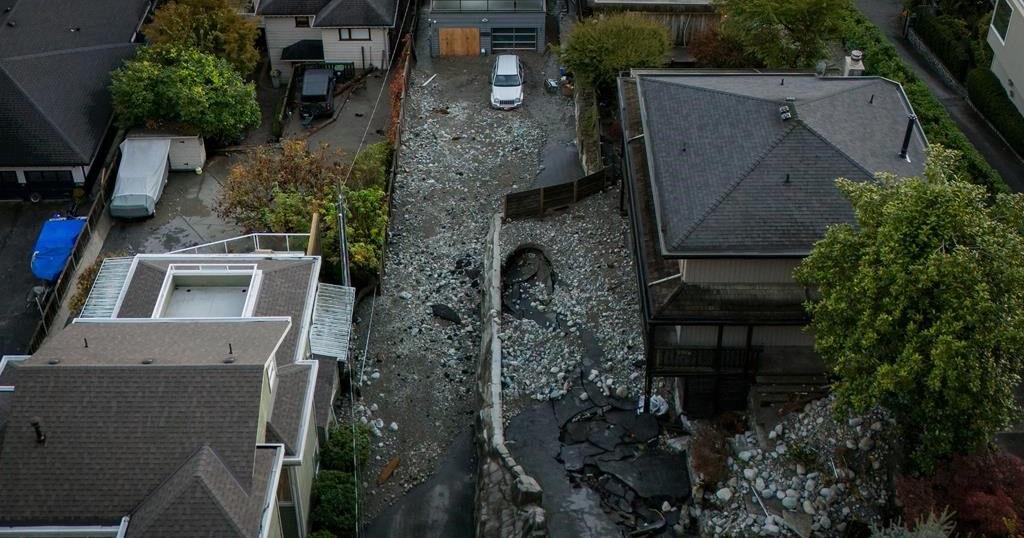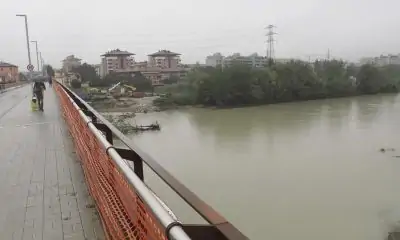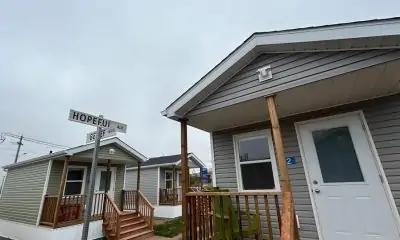JOYA-LA BARRETA ECOLOGICAL PARK, Mexico (AP) — As night descended, a rumble of frogs filled the air in this park outside the central Mexican city of Queretaro. In the sky, tiny stars appeared one by one, aligning into constellations.
Juan Carlos Hernández used his weight to adjust a large telescope. “Aim for me, Rich!” he yelled to his friend. Ricardo Soriano focused a green laser on a small patch of clouds, targeting where the Tsuchinshan-Atlas comet will soon be visible.
Hernández and other amateur astronomers worked to certify Joya-La Barreta Ecological Park last year as the first urban night sky space in Latin America by DarkSky International, an organization working to educate the public about the harm of indiscriminate lighting.
The park sitting at about 8,520 feet (2,600 meters) above sea level on the outskirts of Queretaro gives unobstructed access to the night sky. While over 200 dark sky places exist globally, Joya-La Barreta park is only one of 11 in areas that are considered urban. Its dark sky status is under constant threat, however, from increasing light pollution and urbanization.
Fading stars
Hernández, who just turned 40, has advocated relentlessly for the night sky for more than 20 years.
The president of Queretaro’s Astronomical Society and one of the founders of the stargazing tourism agency Astronite, the aerospace engineer by day has been chasing dark areas to observe the stars since he can remember.
“In 2014 you could see Omega (Centauri) sitting in the sky just above the city,” he said of a constellation over 17,000 light years away. “Today it’s unimaginable.”
A 2023 study that analyzed data from more than 50,000 amateur stargazers found that artificial lighting is making the night sky across the world about 10% brighter each year. As of 2016, more than 80% of the world lived under light-polluted skies.
Studies in Mexico show that increased urbanization and the need for city lighting in relation to security issues have caused more light contamination.
Fernando Ávila Castro of the Institute of Astronomy at the National Autonomous University of Mexico said a good analogy to explain light pollution is noise pollution.
“We constantly hear traffic noise from the street, but past a certain level that intensity becomes annoying, it doesn’t let you rest,” he said. “The same thing happens with light. Especially because all living beings have this internal clock, the circadian rhythm, which depends on the external values of light.”
“When we go to sleep, we forget that an entire world remains active,” Castro said.
Under the spotlight
The moon and stars are the light source guiding nocturnal activity for plants and animals — determining when animals emerge from hiding to find food, when plants reproduce and when certain animal species migrate. Artificial light has boomed since the industrial revolution in the 19th century, with efficient, affordable LEDs the latest type in wide use.
“There’s also this whole part about the biodiversity,” Analette Casazza, president of another Queretaro astronomy association, said while standing under the stars Saturday night. “We can hear the singing from all the animals that live here (in Joya-La Barreta). A lot of these pollinating animals, their activity is at night.”
Joya-La Barreta park hosts 123 species of vertebrates.
“The real challenge we have is to get citizens involved,” said María Guadalupe Espinosa de los Reyes Ayala, Queretaro’s environment secretary. “When people arrive at a place like this and realize how much it has to offer, they see the need to protect and conserve it.”
Conservation challenge
Hernández and other astronomy activists continue to fight to conserve the park’s nocturnal conditions and pass state regulations to reduce light pollution.
Hernández is also fighting for the enforcement of Mexico’s General Law of Ecological Balance, passed in 2021.
The law provides general recommendations to minimize light pollution. It’s been recognized in certain Mexican states like Sonora, Baja California and Hidalgo to protect observatories and professional astronomical observations. However in Queretaro, Hernández submitted an amendment to the state congress in 2023 to apply the regulations, but hasn’t had any luck.
Three times a year, the citizen astronomers at Joya-La Barreta have to submit light pollution reports to DarkSky. Increased light pollution levels or a lack of visitors to the park for astronomical activities can put their certification at risk. For Ricardo Soriano, another founder of Astronite, it’s a constant cause for concern.
“If contamination continues to grow and the government doesn’t support us, and doesn’t do more to see more beyond our certification, then we can lose it,” Soriano said. “We’ll have to leave Queretaro to try to find another park like this. I hope they can see it as something important for the state and community.”
On Saturday, as the comet came into focus, 10-year-old Matti González, accompanied by his parents Antonio González and Brenda Estrella, burst into a smile looking through his telescope.
“What are you going to dress up as for Halloween?” González asked his son. “An astronaut!” Matti yelled.
Throughout the night, Hernandez ran back and forth between attendees with a red headlight guiding his path. He explained certain celestial bodies or helped focus a scope on Saturn’s rings. Pausing for a moment, he thought about Carl Sagan, and how the astronomer said the same elements that form in the final gasps of a dying star — hydrogen, oxygen, carbon — are elements found in our bodies today.
“Looking at the sky is the most spiritual experience there can be,” Hernández said excitedly. “It’s the connection to our true molecular origins, but also to our cosmic destiny.”
Looking up at the stars, he said: “For me, the most important thing is that the future generations know that a resource their grandparents had is being lost.”
____
Follow AP’s coverage of Latin America and the Caribbean at

